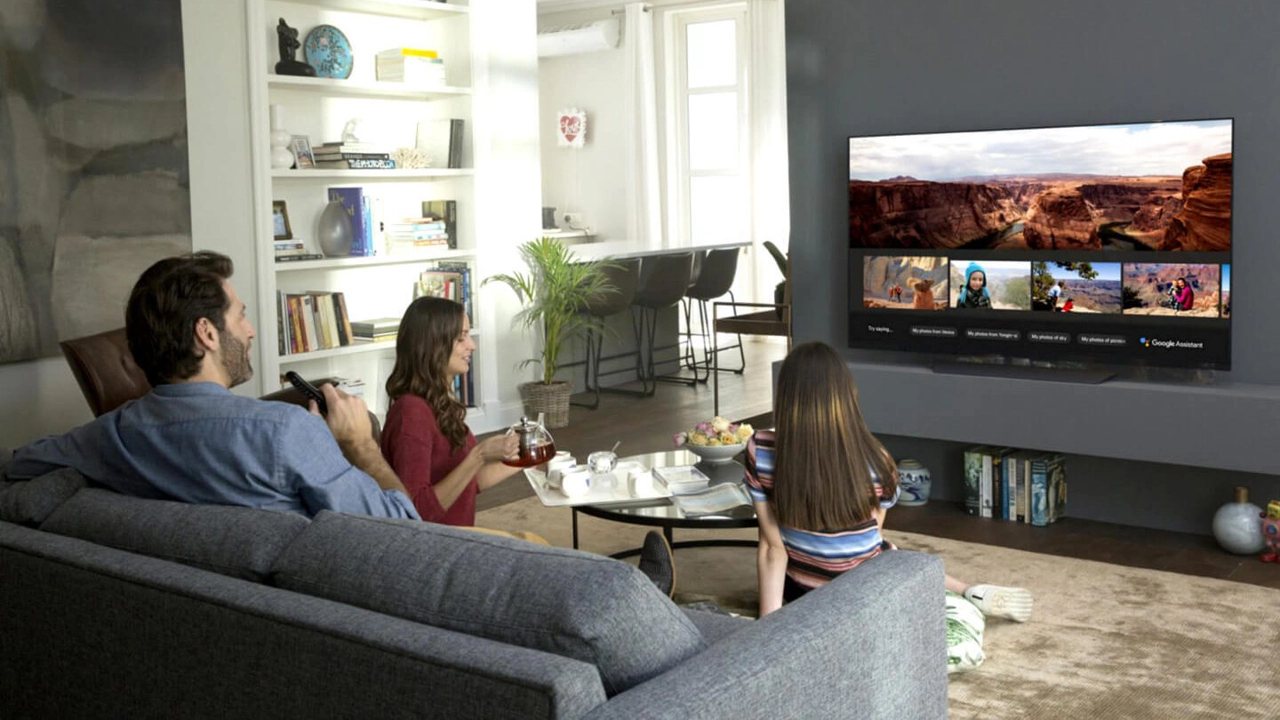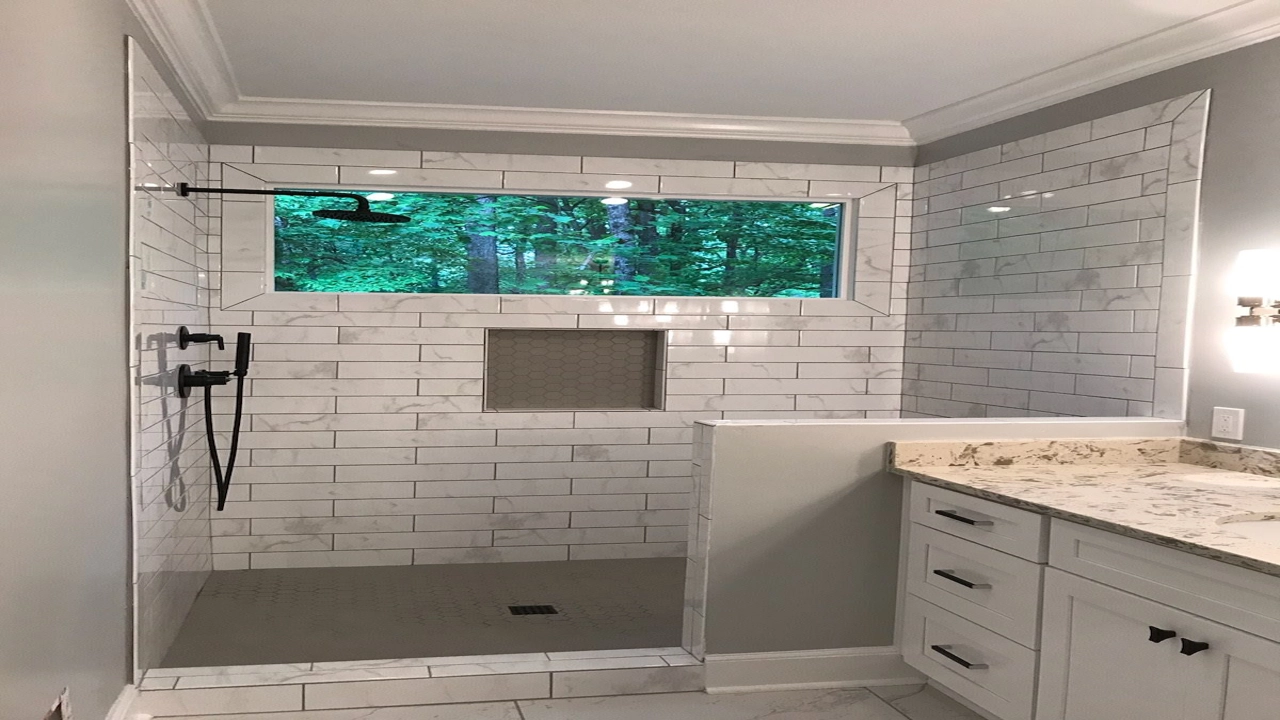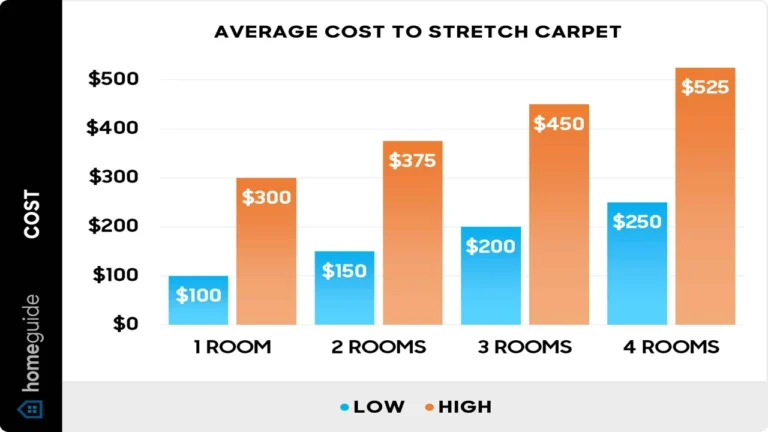Unlock your perfect tv the ultimate guide to choosing wisely
How to Pick a TV: A Guide to Choosing the Perfect Screen
Finding the perfect TV can be overwhelming. With so many options, you need to know what features matter to you. Consider your budget and how you’ll be using the TV. If you’re a movie buff, prioritize picture quality. For gaming, refresh rate and response time are crucial. Think about the size of your room and the viewing distance. Do you need smart features, or are you happy with a basic TV?
Research different brands and read reviews. Look for TVs that fit your needs and budget. Take your time and don’t rush into a purchase. With a little research, you’ll find the perfect TV to enhance your entertainment experience.
how to pick the perfect tv

Finding the Perfect TV for Your Needs
Buying a new TV can feel overwhelming. With so many brands, sizes, and features available, it’s easy to get lost in the sea of options. But don’t worry! This guide will help you navigate the world of TVs and find the perfect one for your needs.
Start with the Basics: Size and Resolution
The first step in your search is to consider the size and resolution you need. How to pick a TV starts with understanding your space and viewing habits.
- Room Size: Measure the wall where you’ll be placing your TV. A general rule of thumb is to choose a TV that’s about 1/3 of the width of your wall. For example, a 65-inch TV works well for a wall that’s 195 inches wide.
- Viewing Distance: The ideal viewing distance depends on the TV’s resolution. A 4K TV can be viewed closer than a 1080p TV. Use an online calculator like https://www.rtings.com/tv-size-calculator to find the optimal viewing distance for your desired TV size.
- Resolution: Higher resolution means sharper images and more detail.
- 1080p (Full HD) is still a good option for budget-friendly TVs, but 4K is becoming increasingly popular.
- 4K (Ultra HD) offers significantly more detail and is the standard for most new TVs.
- 8K is the newest resolution and offers even more detail than 4K, but it’s currently very expensive.
Types of TVs
Once you have an idea of size and resolution, you need to decide what type of TV you want.
- LCD (Liquid Crystal Display) TVs are the most common and affordable type. They offer good picture quality and are energy efficient.
- LED (Light Emitting Diode) TVs are a type of LCD TV that uses LEDs for backlighting. They offer better contrast and deeper blacks than traditional LCD TVs.
- OLED (Organic Light-Emitting Diode) TVs use organic materials to emit light, offering incredible black levels, infinite contrast, and vibrant colors. They are the best option for picture quality, but they are also the most expensive.
- QLED (Quantum Dot LED) TVs are a type of LED TV that uses quantum dots to enhance color accuracy and brightness. They offer great image quality and are generally less expensive than OLED TVs.
Beyond the Basics: Features to Consider
How to pick a TV involves considering features beyond the basics, such as:
- HDR (High Dynamic Range): This feature expands the range of colors and contrast, creating a more realistic and immersive viewing experience.
- Smart TV Features: Most modern TVs have built-in smart features, allowing you to access streaming services, browse the internet, and more.
- Sound System: Consider the quality of the TV’s built-in speakers, or if you need a separate soundbar for a more immersive audio experience.
- Refresh Rate: Measured in Hz, the refresh rate determines how many images a TV displays per second. A higher refresh rate is ideal for fast-moving content like sports and video games.
- Gaming Features: If you’re a gamer, look for features like low input lag and VRR (Variable Refresh Rate) to improve your gaming experience.
Choosing a Brand
How to pick a TV also involves selecting a brand that aligns with your needs and budget. Some popular brands include:
- Samsung
- LG
- Sony
- TCL
- Hisense
Each brand has its own strengths and weaknesses, so it’s worth researching and comparing features and prices before making a purchase.
Don’t Forget to Compare Prices!
Once you’ve narrowed down your choices, compare prices from various retailers to find the best deal. Check online retailers like Amazon and Best Buy, as well as local electronics stores.
Reading Reviews
Before you commit to a purchase, it’s always a good idea to read reviews from other buyers. How to pick a TV can be made easier by seeing what others think about the model you’re considering. Look for reviews on websites like https://www.rtings.com and https://www.cnet.com.
Take Advantage of Sales and Promotions
Be on the lookout for sales and promotions, especially around major holidays. You can often find significant discounts on TVs, helping you get the best value for your money.
Final Thoughts
Buying a new TV can be an exciting experience, but it’s important to do your research and consider your needs and budget before you make a purchase. Using the tips outlined in this guide will help you find the perfect TV for your home and enjoy years of entertainment. Remember, how to pick a TV is about finding the best fit for your needs and preferences. Happy shopping!
is your tv holding you back find out the secret to picking the perfect one
Finding the perfect TV can feel like a daunting task. There are so many options available, from size and resolution to features and price. It’s easy to get overwhelmed! But don’t worry, with some careful consideration and research, you can find the ideal TV for your needs and budget.
Let’s break down how to pick the perfect TV, step by step.
1. Determine Your Needs
Before you even start browsing, think about how you’ll use the TV. This will help you narrow down your choices and avoid wasting time looking at TVs that don’t suit your needs.
-
What kind of content will you be watching? Are you a movie buff who wants the best possible picture quality? Do you mainly watch streaming services? Or are you a gamer looking for low input lag and a fast refresh rate?
-
What size TV do you need? Consider the size of the room where the TV will be placed. You want a TV that’s big enough to enjoy but not so big that it overwhelms the space. There are plenty of online resources that can help you determine the ideal size based on your viewing distance.
-
What’s your budget? TVs can range in price from a few hundred dollars to several thousand dollars. Set a realistic budget before you start shopping to avoid overspending.
2. Consider the Key Features
Once you’ve determined your needs, you can start looking at specific features.
-
Resolution: This refers to the number of pixels on the screen. Higher resolution means a sharper picture. Consider 4K (3840 x 2160 pixels) for the best picture quality, but 1080p is still a great option for smaller screens or tighter budgets.
-
Panel Technology: LCD, LED, OLED, and QLED are common panel technologies. LCD is the most affordable but offers the least picture quality. LED offers improved brightness and contrast. OLED offers exceptional picture quality with deep blacks and wide viewing angles. QLED offers similar brightness and contrast to OLED at a slightly lower price.
-
HDR (High Dynamic Range): This feature expands the range of colors and contrasts, resulting in more realistic and vibrant images. Look for TVs with HDR10 or Dolby Vision for the best HDR experience.
-
Smart TV Features: Smart TVs offer access to streaming services, apps, and other internet-connected features. Choose a TV with a user interface that’s easy to navigate and a good selection of apps.
-
Sound Quality: While most TVs have built-in speakers, the sound quality can be lacking. Consider a TV with good built-in speakers, or better yet, invest in a soundbar or home theater system.
3. Read Reviews and Compare Prices
Once you’ve narrowed down your choices, it’s time to do some research. Read reviews from other users, watch video demos, and compare prices from different retailers.
Don’t just focus on the price; look at the overall value. A TV might be cheaper, but it could have a poor picture quality or limited features.
4. Visit a Store
If possible, visit a local electronics store and see the TVs in person. This will give you a better idea of the size, picture quality, and sound quality. You can also ask salespeople questions and get their recommendations.
5. Enjoy Your New TV!
After all the research and decision-making, you’re finally ready to enjoy your new TV. Set it up, connect it to your devices, and start watching your favorite shows and movies.
Remember, finding the perfect TV for you involves considering your needs, comparing features, and doing your research. Don’t be afraid to ask questions and get recommendations. With a little effort, you can find the perfect TV for your entertainment needs.
Q&A: Choosing the Right TV for You
Q: What size TV should I get?
A: The best TV size depends on your room size and how far you’ll be sitting from the screen. A general rule of thumb is to choose a TV that’s about half the width of your viewing distance. So, if you’re sitting 10 feet away, you might consider a 55-inch TV.
Q: What resolution should I look for?
A: 4K resolution (3840 x 2160 pixels) is the standard for most new TVs. It offers significantly sharper and more detailed images compared to 1080p (1920 x 1080 pixels).
Q: What about HDR?
A: HDR (High Dynamic Range) enhances the contrast and color range of images, making them look more realistic and vibrant. Look for TVs with HDR10 or Dolby Vision support.
Q: What type of panel technology should I choose?
A: There are two main types of TV panels: LCD and OLED. LCD TVs are generally more affordable, while OLED TVs offer superior contrast, deeper blacks, and wider viewing angles.
Q: Should I get a smart TV?
A: Smart TVs offer built-in streaming apps and internet connectivity. This can be convenient, but you can also connect a separate streaming device like a Roku or Fire TV Stick.
Q: What about sound quality?
A: While most TVs have built-in speakers, they can often be lacking in quality. Consider a soundbar or separate speaker system to improve your audio experience.
Q: How do I connect my devices?
A: Most TVs have HDMI ports for connecting devices like Blu-ray players, gaming consoles, and streaming sticks. Some also have USB ports for playing media from a flash drive.
Q: What are the most important things to consider when choosing a TV?
A: The most important factors to consider are budget, size, resolution, HDR support, panel type, smart TV features, and sound quality.
Conclusion
Remember, choosing the right TV is a personal decision. Consider your needs, your budget, and the features that matter most to you. Don’t be afraid to research different models and read reviews from other consumers.
Now that you have a better understanding of how to pick the perfect TV, share your thoughts! What are your top priorities when buying a new television? What tips do you have for other readers? Let’s continue the conversation in the comments below and spread the word on social media!







